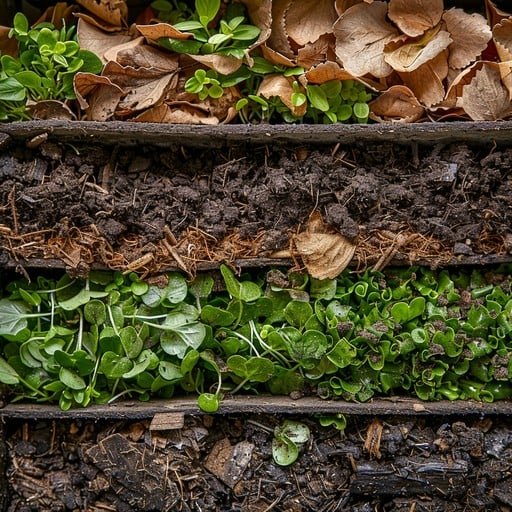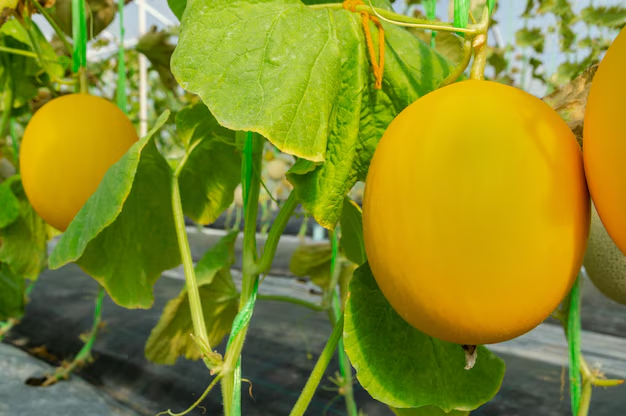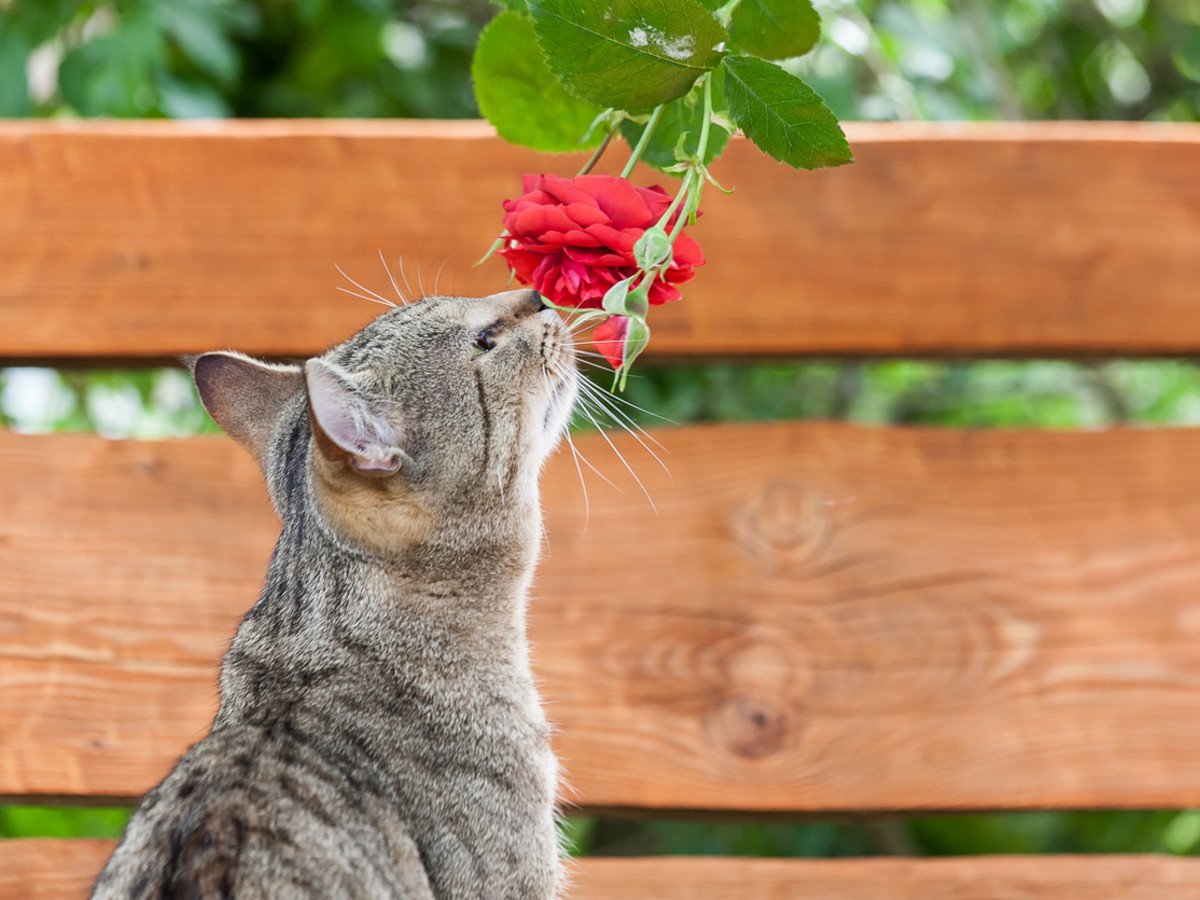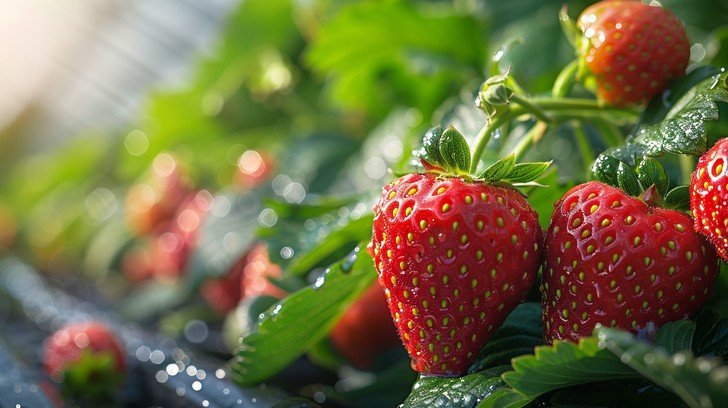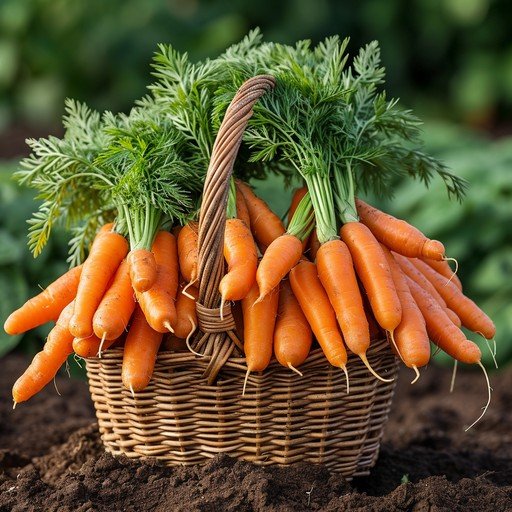How to Make Homemade Organic Fertilizer
Creating your own homemade organic fertilizer is a smart, cost-effective way to give your garden the nutrients it needs—while cutting down on waste and avoiding synthetic chemicals. In this detailed guide you’ll find step-by-step instructions, real-world tips, and sustainable practices to feed your plants naturally.
Why you should consider homemade organic fertilizer
Commercial fertilizers work, but they often come with higher cost, packaging and potential environmental impacts. By making homemade organic fertilizer you:
-
Recycle kitchen scraps and garden waste into valuable nutrients.
-
Strengthen your soil’s natural biology and structure.
-
Avoid synthetic additives and reduce your carbon footprint.
-
Gain full control over what goes into your garden.
As one experienced gardener put it: “Plants thrive when soil microbes are active and balanced” rather than simply being fed high doses of synthetic nutrients. Making homemade organic fertilizer supports both the plant and soil ecosystem.
Understanding what plants really need: N-P-K and more
Before mixing up your own recipes, it helps to understand what key nutrients your plants need:
-
Nitrogen (N) – promotes leafy, green growth.
-
Phosphorus (P) – supports root development and early growth.
-
Potassium (K) – helps plants flower, fruit and resist stress.
When you make homemade organic fertilizer you may not know exact ratios, but you can choose materials rich in one or more of these nutrients. For example, certain kitchen scraps or garden waste carry useful amounts of nitrogen, phosphorus or potassium. Our Nook of the Woods+2Sustainable Holly+2
Additionally, organic matter improves soil structure, adds micronutrients, and supports beneficial microbes—so your homemade organic fertilizer isn’t just about N-P-K, it’s about the broader soil ecosystem.
Materials you can use to make homemade organic fertilizer
Here are several common and effective materials to use:
-
Coffee grounds: Rich in nitrogen and organic matter; great added to compost or diluted for a liquid feed. Sustainable Holly+1
-
Eggshells: Provide calcium and small amounts of phosphorus when crushed and applied around plants. Sustainable Holly+1
-
Banana peels: High in potassium—especially useful for fruiting and flowering plants. Sustainable Holly
-
Vegetable / pasta / rice water: The leftover water from boiled vegetables, pasta or rice often contains soluble nutrients and starches that plants can use. Sustainable Holly+1
-
Weeds / green plant matter (comfrey, nettles, dandelions): Some weeds are “dynamic accumulators” of nutrients and can be soaked in water to create a nutrient-rich liquid. Our Nook of the Woods+1
-
Compost or aged manure: Provides long-term nutrient release and enhances soil biology. Sustainable Holly+1
How to make homemade organic fertilizer: Step‐by‐step methods
A. Slow‐release dry type
-
Collect and dry материалы such as banana peels, eggshells and coffee grounds. (For example, an eggshell can be sun-dried then crushed.) Instructables+1
-
Grind or crush until fine (if possible).
-
Mix in roughly equal parts (for a general garden use) of the dried materials.
-
Sprinkle this mixture lightly into the topsoil around your plants or mix into new planting beds.
-
Because this is slow release, you won’t see immediate effect, but your soil will gradually build up nutrients and biology.
B. Liquid homemade organic fertilizer
-
Take a bucket and fill with rainwater or dechlorinated tap water. (Chlorine can suppress microbes.) Our Nook of the Woods
-
Add green plant materials (weeds, nettles, comfrey leaves) or compost/manure at a ratio of roughly 1 part material to 3-5 parts water. GrowVeg
-
Cover and let the mixture steep for 1-3 days in the shade, stirring occasionally. Be cautious: if it ferments too long it may smell bad or cause root burn. GrowVeg
-
Strain the liquid, then dilute further (e.g., one part liquid to four or five parts water) before applying to plant roots.
-
Use as a feeding every 2-4 weeks during active growth.
When and how to apply your homemade organic fertilizer
-
Apply slow-release mixes at planting time or early growth to give a baseline nutrient boost.
-
Use liquid feeds when plants show signs of needing a boost (poor growth, pale leaves) or during active flowering/fruiting.
-
Always water the soil before applying fertilizer so nutrients won’t burn dry roots.
-
Pull back mulch when applying surface treatments so the materials reach the soil rather than being absorbed by the mulch itself. Sustainable Holly
-
Avoid over-applying: even organic nutrients can build up salts or unbalanced nutrients. Start conservatively.
Benefits of using homemade organic fertilizer
-
Cost savings: Many ingredients are waste or low‐cost.
-
Reduced environmental impact: Less packaging, fewer synthetic inputs.
-
Improved soil health: With continual use, soil biology and structure improve.
-
Stronger, more resilient plants: Plants grown in biologically healthy soil are better able to resist pests and adapt to stress.
Common mistakes and how to avoid them
-
Over-concentrated liquid feeds: Can burn roots or cause imbalances. Always dilute. GrowVeg
-
Using materials with salt or chemicals: For example, pasta water with salt can harm plants. Always use unsalted water. Better Homes & Gardens
-
Applying to dry soil: The fertilizer may sit on top or cause root damage; moisturize first.
-
Storing liquid fertilizer too long: Microbial products lose potency; best to make small batches and use fresh. GrowVeg
-
Ignoring mulch or soil structure: A good fertilizer still needs good soil to work effectively.
Linking to other resources
For more on composting and kitchen-waste recycling, check out our article on (internal link) “How to Prepare Garden Soil with Kitchen and Yard Waste”. Also, for a detailed reference on kitchen scrap fertilizers.
For further information from a respected source, see the gardenkt.
Final thoughts
Making your own homemade organic fertilizer is not only practical—it’s rewarding. You’ll see the benefits in healthier plants, better soil structure and a garden that thrives on naturally recycled resources. Start small, observe how your plants respond, and gradually build up your homemade fertilizer routine. Over time, your soil will become richer, your plants stronger and your garden more sustainable.
